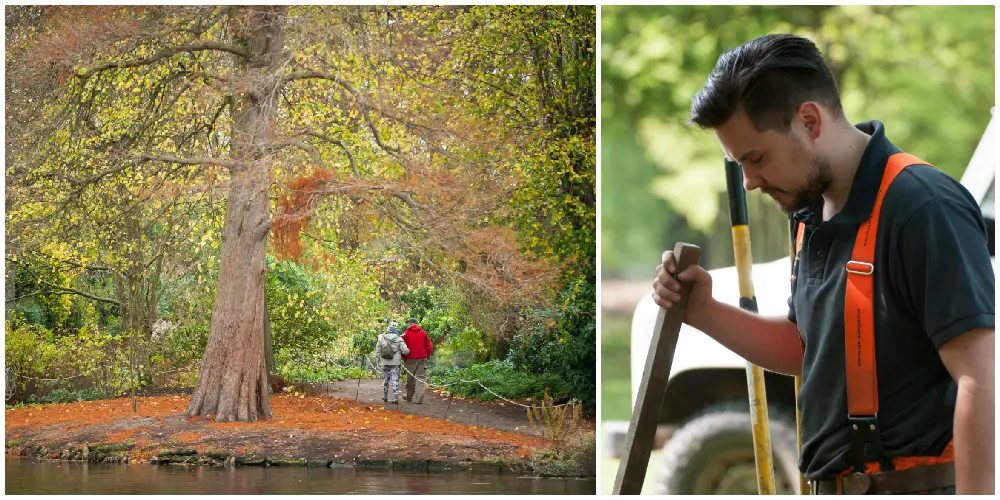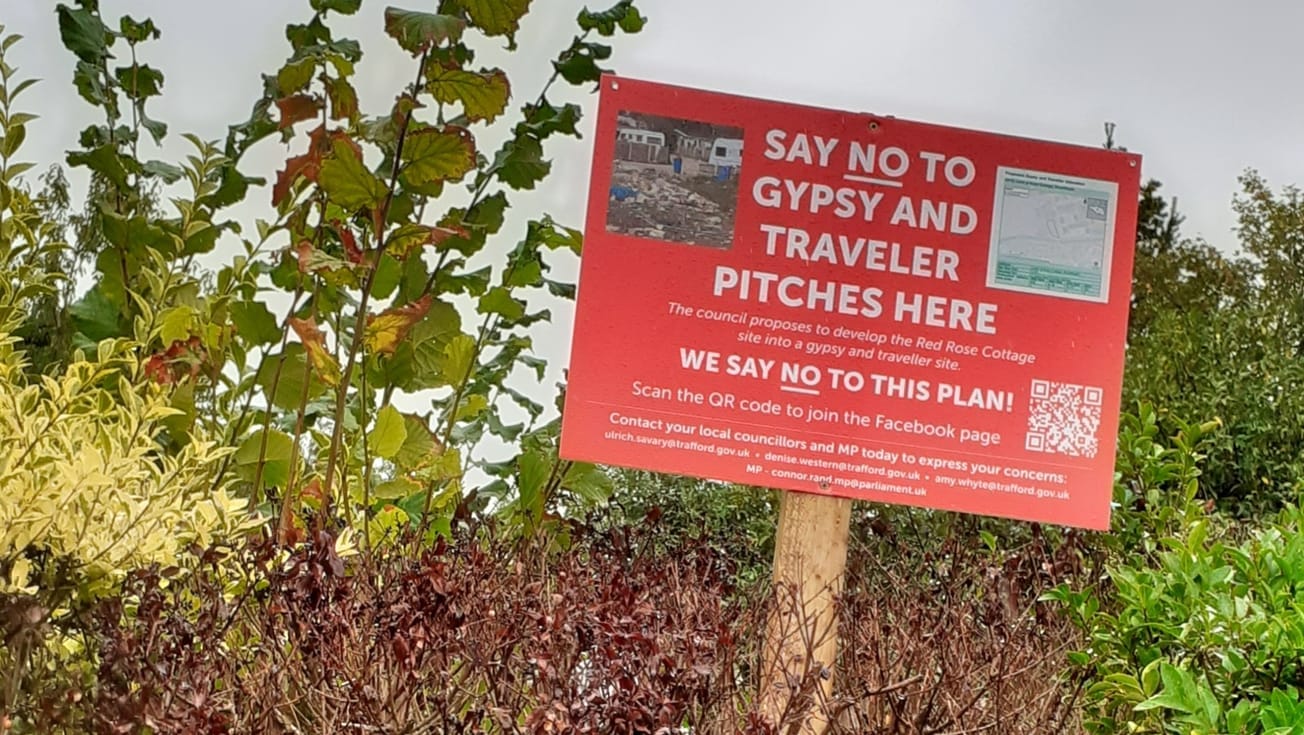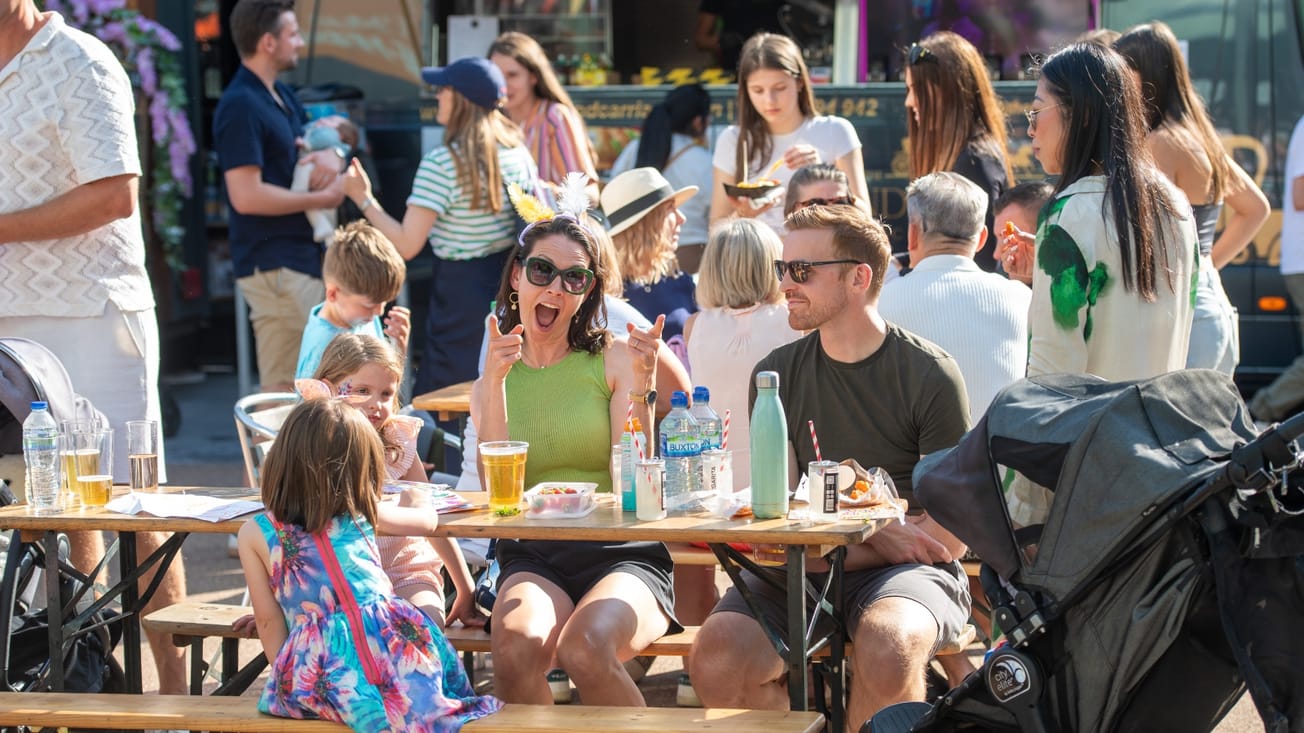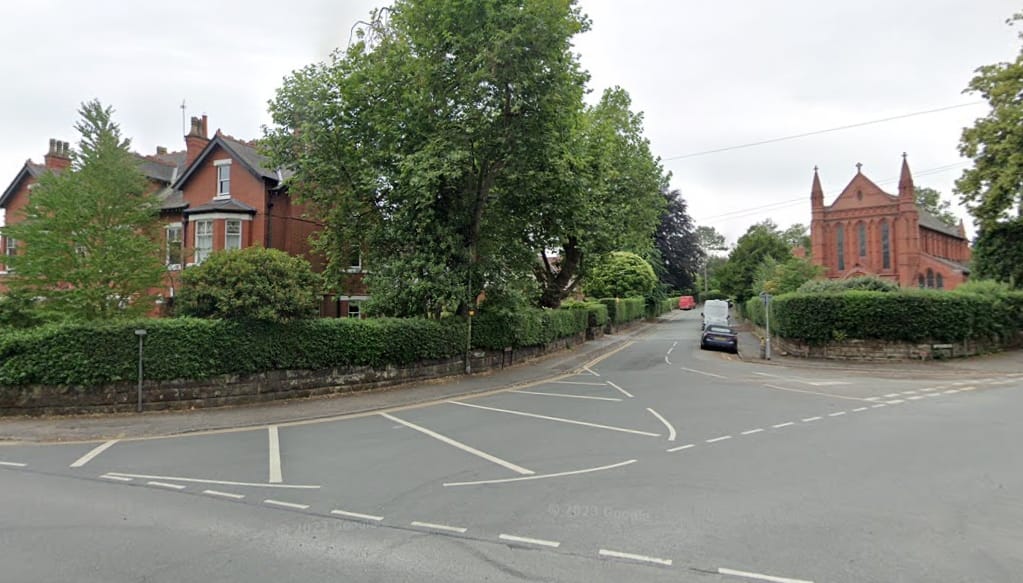Dunham Massey’s park and woodland are full of changing colours, crunchy leaves and wonderful wildlife during autumn.
It’s a special time of year at a place that only this week was named Best Tourism Marketing Project of the Year at the 15th Marketing Cheshire Annual Tourism Awards.
To find out more about what goes on at Dunham Massey during autumn, we caught up with Ranger, Jon Lucas.
ALTRINCHAM TODAY: What do you love about Dunham Massey at this time of year?
JON LUCAS: Autumn is my favourite season as a ranger at Dunham Massey. Working outdoors you can see the drama of the season as the colours change from the lush greens of summer to various shades of red, orange, magenta and browns. I love walking through the woodland with the crunch of leaves underfoot, crisp air and sights to lose myself in. It’s also a fantastic time to spot wildlife in the area. As the summer birds migrate to warmer climates, new birds can be seen in the area – it is not uncommon to see huge flocks of pink-footed geese flying overhead as they migrate from Iceland to the UK for winter.

Of course autumn is also an important time for our herd of over 150 fallow deer in the park too as they begin to rut. This is the time when the bucks, with full grown antlers, are full of testosterone and fight for the pick of the does to mate with. If you join us on one of our early morning guided rut walks, you will hear the deep bellows and might even be lucky enough to see two bucks clashing antlers.
I also love that autumn is the time we get to really shine a light on the wider Dunham Massey estate. For most of the year there is so much going on in the house, garden and walled park. But during autumn we have Taste the Estate guided walks that take visitors to several tenanted farms outside of the park walls. You really get to see that Dunham Massey is a full working estate that provides us with cider and beef, amongst many other local produce. With many projects in the pipeline such as the Dunham Estate Future Project, hopefully there’ll be even more ways to find out about the estate in the coming years.

AT: What does a typical day look like for a ranger during autumn?
JL: Each day is different; no two days are the same for a ranger. In early autumn we spend a lot of time working with trees. We look after all of the trees on the Dunham Massey estate, both new and old – we actually have an oak that is over 500 years old. Last year we planted 3,000 saplings, taking five of us four weeks to complete. The trees at Dunham are really important habitats for wildlife, even the deadwood that we leave on the ground. The homes that they provide to rare beetles are one of the reasons that the park is a Site of Special Scientific Interest.
Later in autumn, after the rut finishes, the first thing we do every morning is feed the deer with barley that we get from a tenant farmer on the estate. Usually the deer are waiting for us by the gate. This is the only time of the year that we feed the deer, as the colder weather means that the deer are using more energy and need more food. We never hand feed them though, as they are wild animals and we do not want them to become dependent on humans, both for their health and the safety of our visitors.

AT: Spending your days looking after nature must be rewarding. Why do you think the work you do is important?
JL: I’m really proud to be a part of the conservation work at Dunham Massey. It is really important to understand how much people love and want to conserve our countryside and heritage, and this is something that has become even more apparent since working at Dunham. A recent study has shown that younger people are starting to disassociate certain words with nature. Words such as tweet, web and stream are now mainly thought of in terms of technology, and that’s a real shame.
This year we have really been trying to inspire the next generation to get involved with nature; from the Percy the Park Keeper children’s trails in the garden and house, which are based around looking after nature and Percy’s woodland friends, to The Lost Words, inspired by Robert MacFarlane and Jackie Morris’s brilliant book. Visitors will be able to spot giant conkers, nests and lost words hidden in the trees, as well as getting hands on with free adult workshops running until next year.
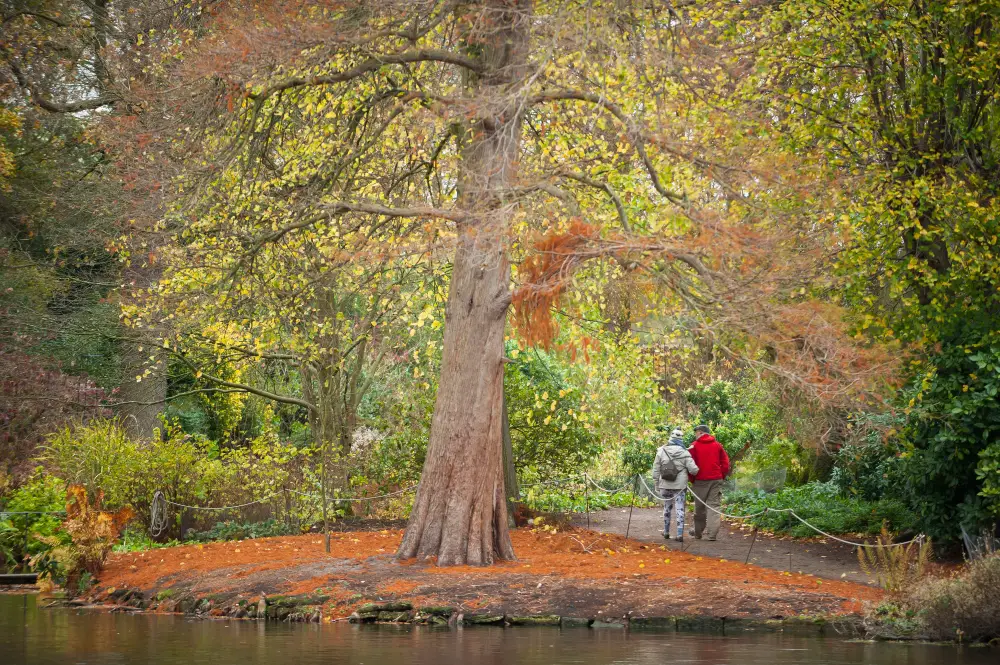
AT: You actually feature this in another of Dunham Massey’s exhibitions, Local Lives: Small Change, Big Difference. Can you tell us a little bit about how this came about?
JL:I feel like a local celebrity! The photography exhibition focuses on local champions of nature; those who are doing their bit every day to look after the places they love. I was a bit shocked when I was asked to be a part of it because I really admire the other sitters included and I hadn’t really thought about the difference I personally make. To get the shots, local photographer Jan [Chlebik] spent a couple of days with the ranger team as we did our ordinary jobs. After a little while we forgot he was there and he was able to take some great natural photographs. To see my picture in the house, alongside other staff, volunteers and everyday local Trafford residents doing their bit for nature has really been a humbling experience.
AT: And finally, what is the favourite thing about your job?
JL: I love working for the National Trust and knowing that the day-to-day work that I do in the park and wider estate helps to care for Dunham Massey now and for future generations. I also enjoy driving around on our brand new tractor ‘Big Daddy’ – the name was chosen by children during Ranger Fest earlier this summer. It was certainly one of my dreams as a kid to get to drive around on tractors. I’m lucky that I get to do that in my job and know I’m making a difference at the same time.
For full details of what is happening at Dunham Massey this autumn, visit nationaltrust.org.uk/Dunham-Massey

